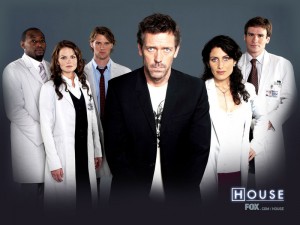The following article supplements my post. I encourage you to read it.
http://www.thedailybeast.com/articles/2014/04/14/how-being-a-doctor-became-the-most-miserable-profession.html
After reading “How Being a Doctor Became the Most Miserable Profession”, I could not shake the reality that I, and many of you, will face when entering the medical profession. The thought has always been tucked in the back of my mind but recently is has become more prevalent as I step closer towards becoming a doctor. As this nation’s future physicians, how do we change the corrupt healthcare system and medical practice? How do we give patients what they deserve? Is it through policy and large corporate changes that take years to implement? No. To me the answer is simple: we must change from the inside out.
As Edmund Pellegrino writes in The Medical Profession as a Moral Community, “Today, our profession faces an unenviable choice between two opposing moral orders, one based in the primacy of our ethical obligations to the sick, the other in the primacy of self-interest and the marketplace.” Physicians cannot serve multiple cohorts of society. They either serve the patient or they serve the economy, policy or the law. We cannot blame the state of medical care on the outside factors of society. While it is understandable, the blame compromises our moral integrity. We can overcome this crisis “by acting not on the basis of what external forces do to us, but on what they do to those we serve” (Pellegrino).
I cannot think of a better time to apply and practice Pellegrino’s opinion about moral communities than in today’s society. “A moral community is one whose members are bound to each other by a set of commonly held ethical commitments and whose purpose is something other than mere self-interest” (Pellegrino). He continues his definition of a moral community and states that the group must posses the following: “the inequality of the medical relationship, the nature of medical decisions, the nature of medical knowledge, and the ineradicable moral complicity of the physician in whatever happens to his patient” (Pellegrino).
Pellegrino says it perfectly, “only if we have the will to use our collective moral force will the integrity of the profession be preserved.” As future doctors, we must unite on this moral mater and further its foundation in the medical community.
Citations:
Pellegrino, Edmund. “The Medical Profession as a Moral Community” Bulletin of the New York Academy of Medicine 66 (3): 221-232.
Drake, Daniela. “How Being a Doctor Became the Most Miserable Profession.” The Daily Beast. Newsweek/Daily Beast, 14 Apr. 2014. Web. 20 Apr. 2014.

